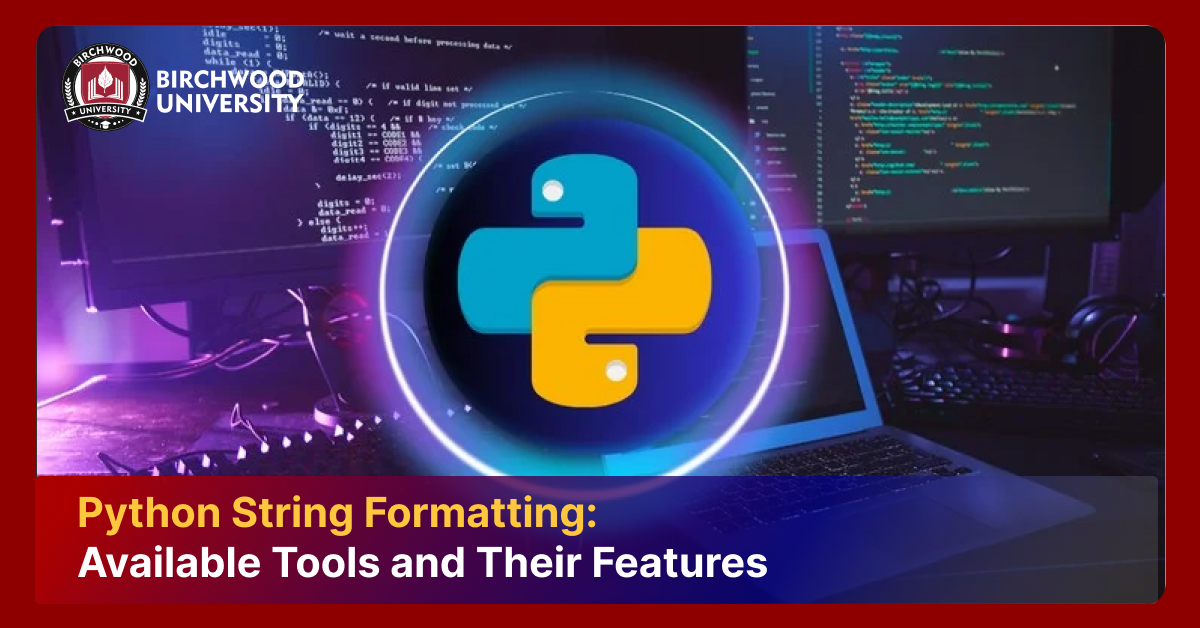Is Full-Stack Developer Certification Worth The Hype?
Sep 18, 2024As technology continues to advance in 2024, web development has emerged as the most exciting and challenging field in the software ecosystem. With new technologies emerging and the increasing complexity of web applications, the role of a full-stack developer is more vital than ever. This comprehensive guide will explore what it means to be a full-stack developer, the different tech stacks available, and why enrolling in advance certification in full-stack development program could be the key to a successful career.
What is a full-stack developer?
A full-stack developer is a versatile web development professional with competencies in both front-end and back-end technologies. These developers have the capability to build a website or application from scratch, handling everything from the user interface (UI) to the server-side logic and database management. There are 2 basic elements of full-stack development:
- Front-end development - This element focuses on the visual aspects of a website or application. It includes the layout, design, and interactive components that users engage with directly. Technologies commonly used in this element are HTML, CSS, Javascript, and frameworks such as Angular or React.
- Back-end development - This involves server-side tasks such as database interactions, server configurations, and application logic. Back-end technologies include server languages like Node.js, Python, Ruby, and PHP, along with databases like MySQL, PostgreSQL, or MongoDB.
What is the role of a full-stack developer
Full-stack developers are proficient in both domains, making them invaluable for their ability to manage and integrate different components of a project. Their responsibilities include:
- Designing and implementing user interfaces - Creating visually appealing and user-friendly interfaces.
- Server-side logic - Developing the server-side logic and interacting with databases.
- Database Management - Designing and maintaining databases to ensure data integrity and accessibility.
- Ensuring Seamless Integration - Making sure the front-end and back-end work harmoniously.
As a full-stack developer, you are expected to have a firm understanding of all aspects of web development, however, you don't need to be an expert in every aspect of web development.
Popular tech stack for full-stack development
It is important to choose the right tech stack for building effective web applications. Here’s a glimpse of some of the most popular stacks used in full-stack development:
1. MERN stack
The MERN stack includes MongoDB, Express.js, React, and Node.js. This stack is renowned for its ability to build dynamic and responsive web applications.
- MongoDB - This is a NoSQL database that stores data in flexible, JSON-like documents.
- Express.js - A web application framework for Node.js, designed for building web applications and APIs.
- React - A javascript library for building user interfaces, particularly single-page applications.
- Node.js - A javascript runtime built on Chrome's V8 engine, enabling server-side scripting.
Popular applications built with the MERN stack include Meta, Instagram, Netflix. Due to its comprehensive and contemporary approach to web development, this stack is quite famous in full-stack courses.
2. MEAN stack
It is similar to the MERN stack but the only difference in the MEAN stack is that it replaces REACT with Angular.js. This stack also relies extensively on javascript, making it easier to maintain and integrate different components.
Angular.js: This javascript framework is maintained by Google and is useful for building dynamic web apps.
Some of the notable applications that are built with the MEAN stack include YouTube, Paytm, and Forbes. The MEAN stack is as resilient as the MERN stack but may not have extensive community support.
3. LAMP stack
This stack comprises Linux, Apache, MySQL, and PHP and has been a traditional choice for web development due to its stability and strong support. Websites such as WordPress and Drupal are built on LAMP stack. Although it can be more complex than javascript-based stacks, it is appropriate for managing dynamic content and complex data-driven sites. This stack includes:
- Linux - The operating system that serves as the foundation.
- Apache - A widely used web server software.
- MySQL - A relational database management system.
- PHP - A server-side scripting language.
Importance of full-stack development certification
With the rise in demand for full-stack developers, a certification in full-stack development is a comprehensive course offering numerous advantages:
High demand and job opportunities
As businesses increasingly rely on web applications, the need for developers who can handle both front-end and back-end tasks is increasing. Full-stack developers are highly sought after for their versatility and ability to administer entire projects from beginning to end.
Exposure to modern technologies
A full-stack development course will typically cover a range of modern technologies and tools. This exposure is vital for staying updated with current industry trends and building applications that leverage the latest advancements.
Versatile career
Full-stack developers are capable of working on various aspects of a project, making them valuable assets to any team. This versatility not only enhances professional growth opportunities but also provides a pathway to specialized positions and managerial roles.
Better earning potential
Full-stack developers command higher earning potential due to their diverse skill sets. In India, entry-level full-stack developers typically earn an average annual salary of INR 3,75,000. As they gain experience and expertise, their compensation can rise significantly, ranging from INR 7 lakhs to INR 14 lakhs, reflecting the increasing value and demand for their multifaceted abilities..
Swift project delivery
Full-stack developers streamline the development process by managing both front-end and back-end tasks. This integration accelerates the project delivery and reduces dependencies on other teams, making the development process more efficient.
Conclusion
With the growing reliance on technology and the rapid advancements in the tech sector, a career in full-stack development is highly rewarding. This field is loaded with exceptional opportunities for those passionate about web development. By pursuing the right education through a full-stack development certification, gaining practical experience, and committing to ongoing learning, you can become a coveted full-stack developer. Embracing the latest tools and frameworks and continuously deepening your competencies will position you for a successful career in this dynamic industry.






